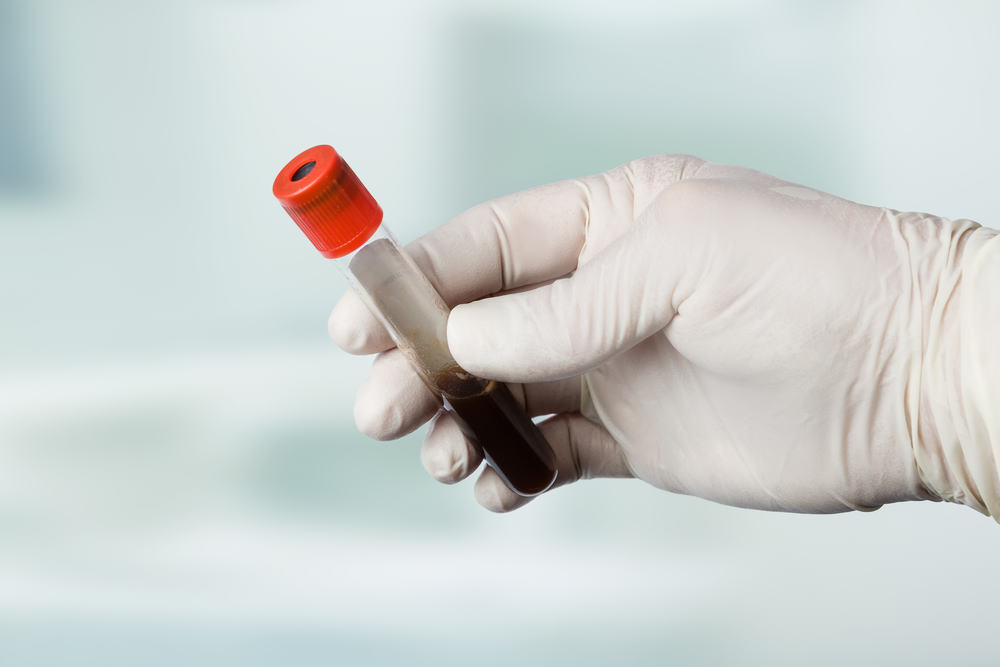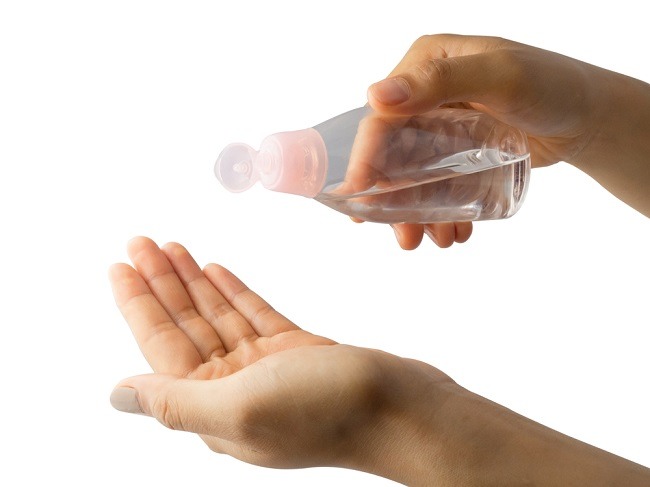urine culture is method inspection To detect the presence of bacteria in the urine, as sign from urinary tract infection. Apart from detecting the presence of bacteria, a urine culture can also be used to determine the type of bacteria causing the infection.

Bacteria can enter the urinary tract through the urinary opening, in both men and women. Bacteria that enter the urinary tract can grow and develop rapidly. Urinary tract infections are not treated properly, can be dangerous and cause complications, ranging from spreading the infection to other parts of the body, to permanent kidney failure.
Urine Culture Indications
A person may be advised to undergo a urine culture if they have complaints of urinary tract infection. The complaints are:
- Pain and burning when urinating
- Lower back pain
- Urine is cloudy and has a sharp smell
- Frequent urge to pee and can't hold it
- Feels like something is pressing on the bottom of the stomach
- There is blood in the urine.
If the urinary tract infection is severe enough or has spread to the kidneys, the following symptoms may appear:
- High fever
- Shivering
- Shaky
- Nausea or vomiting.
In addition to patients with urinary tract infections, urine culture is also recommended for pregnant women in the first trimester of pregnancy or at the first pregnancy (prenatal) visit. The goal is to detect the presence of bacteria in the urinary tract that can affect the health and development of the fetus.
Not all patients with urinary tract infections need to undergo a urine culture examination, but the drug is immediately given just by looking at the symptoms and urine test results. This is often done in young women who have a lower urinary tract infection but do not cause any complications.
Urine Culture Preparation
Before a urine culture is performed, patients need to tell their doctor about any medications they are currently taking, including vitamins and supplements. Drugs and vitamins in the urine can affect the results, making them inaccurate. Approaching the time for sampling, it is recommended to hold urination until the time of sampling. In addition, the patient should not drink for 15-20 minutes before the sample is taken.
Urine Culture Sampling Procedure
The procedure for taking a urine sample is quite simple. Patients must first wash their hands and clean their genitals, in order to avoid bacterial contamination from outside. Male patients need to clean the head of their penis, while female patients have to clean their vagina from front to back.
When urinating, the patient should not immediately collect the urine in the container, but first dispose of about half of the urine that comes out first. After that, the patient can collect the remaining urine in the body in the sample container until it reaches the required amount. Then clean the genitals again after completing the sampling, then wash your hands.
Urine sampling can also be done through a catheter, which is a thin tube that is inserted through the patient's urinary opening. The medical staff will take fresh urine from the patient and not take it from the urine reservoir. In certain cases, urine can be collected through the fine needle aspiration method. Needle aspiration of urine is performed if the patient is unable to pass urine through the catheter or if the sample obtained from the previous sampling method has always been contaminated.
The collected urine is then sent to a laboratory to be tested for the presence of bacteria that cause infection.
Procedure and Interpretation of Urine Culture Test Results
A urine sample from the patient will be taken to a laboratory for analysis. Urine samples will be cultured in a special medium in the form of agar, then stored in a special storage room that has a temperature similar to body temperature. If there is bacteria in the urine, it will grow in a few days. It should be borne in mind that on the surface of the skin of the penis as well as the vagina, normal microorganisms may be carried in the sample.
From the results of the number of bacterial colonies that grow, as well as the symptoms that arise, the doctor will assess whether the patient has a urinary tract infection, and whether or not treatment is necessary. If the results are doubtful, the doctor may recommend repeating a urine culture.
Various types of bacteria can cause urinary tract infections. However, the type of bacteria that most often causes this infection is: Escherichia coli, which is normally found in the digestive tract. Other bacteria that can cause urinary tract infections are:
- Proteus sp
- Enterococcus sp
- Klebsiella sp
- Staphylococcus sp
- Candida sp.
If it is known the type of bacteria that grows, a resistance or susceptibility test will be carried out through the same sample. Antibiotic resistance tests are performed to determine which antibiotics are effective in treating the bacterial infection.
After Urine Culture Test
Patients with urinary tract infections can be treated with antibiotics, depending on the type of bacteria causing the infection, medical history, and the rate of recurrence of the infection.
Treatment of urinary tract infections can be supported by the patient's daily activities. Drinking more water can help treat urinary tract infections, because bacteria are routinely wasted through urine.
Complications Urine Culture
Urine culture sampling is a safe procedure, even painless, unless the sample is taken through a catheter or needle aspiration. If there is pain during sampling, it is the result of a urinary tract infection that is being suffered.
If a urine sample is taken through a catheter, the patient may feel uncomfortable when the catheter tube is inserted through the urinary opening. To reduce pain, the catheter will be coated with lubricant beforehand to reduce discomfort, and make the procedure easier.









